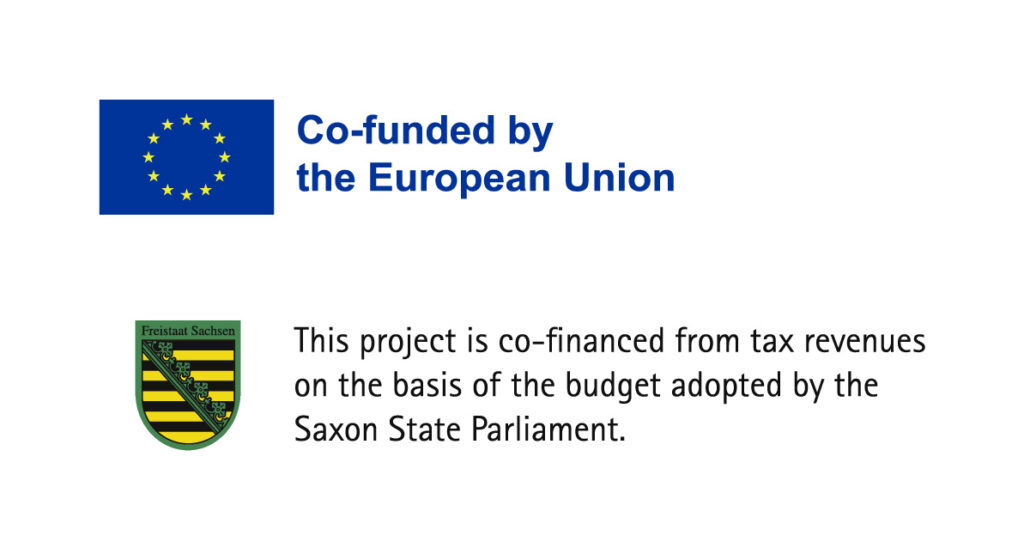Weather monitoring
Finding correlations with COR-RiSTOR Software as a Service Computing correlations with COR-RiSTOR hardware
Clustering of weather data after preprocessing with neural networks

- Measurement period: Feb 4th- 11th, 2024, every minute
- GPS position: N 51° 02.862′, E 013° 44.463‘
Clustering of weather data after preprocessing with COR-RiSTOR

- Air pressure sensor (Sensor A): AMS 6916 1200-B-H (Analog Microelectronics)
- Humidity sensor (Sensor B): SHT 40I-HD1B-R2 (Sensiron)
- Temperature sensor (Sensor C): SHT 40I-HD1B-R2 (Sensiron)

We recorded humidity, temperature, and air pressure on the balcony for one week. Without a camera, just based on humidity, temperature, and air pressure we wanted to determine whether the sky is clear, rainy , or cloudy. Using state-of-the-art data preprocessing with artificial neural networks we could determine the state of the sky with a recognition rate (RR) of 89%. The problem lies in the distinction between sensor data recorded when the sky is clear and when the sky is cloudy. Using the COR-RiSTOR to preprocess data we could determine the state of the sky with a recognition rate (RR) of 97%.
Preprocessing with COR-RiSTOR
Memristor 1 (sensor A&B)

Memristor 2 (sensor A&C)

Memristor 3 (sensor B&C)


Using the software as a service (SaaS) we determined a linear correlation between Sensor A (Air pressure) and Sensor B (Humidity), a non-linear correlation between Sensor A (Air pressure) and Sensor C (Temperature), and a linear correlation between Sensor B (Humidity) and Sensor C (Temperature). It is mainly the non-linear correlation between Sensor A and Sensor C which supports the distinction between sensor data recorded when the sky is clear and when the sky is cloudy.

Clustering of weather data after preprocessing with artificial neural networks
•No sensor data monitoring
•No transparent data preprocessing algorithm in neural network in time domain
•Medium – large recognition rate (RR)
•Cannot be fully automated
Clustering of weather data after preprocessing with COR-RiSTOR
•Sensor data monitoring
•Transparent data preprocessing by COR-RiSTOR algorithm
•Large – very large recognition rate (RR)
•Can be automated

The COR-RiSTOR contains three TiF-MEMRiSTORs M1, M2 and M3 to compute the pairwise correlation between data from Sensor A, B, C. The input-output characteristics of the TiF-MEMRISTORs can easily be configured to be either linear or non-linear. Here TiF-MEMRiSTOR M1 is configured for computing the linear correlation between Sensor A (Air pressure) and Sensor B (Humidity), TiF-MEMRiSTOR M2 is configured for computing the non-linear correlation between Sensor A (Air pressure) and Sensor C (Temperature), and TiF-MEMRiSTOR M3 is configured for computing the linear correlation between Sensor B (Humidity) and Sensor C (Temperature). Clustering of data from Sensor A,B, and C yields a recognition rate of 89%. Clustering of pairwise correlated sensor data (A,B) by M1, (A,C) by M2, and (B,C) by M3 yields a recognition rate of 97%.


